Hi everyone, Kevin here.
It's been some time since the last post and update, sorry for that. I hope you're all doing well despite these turbulent few months.
I've been a bit busy on other projects. First, a long essay on Design Sociology, New Materialism, and a proposed approach coined Social Experience Design:
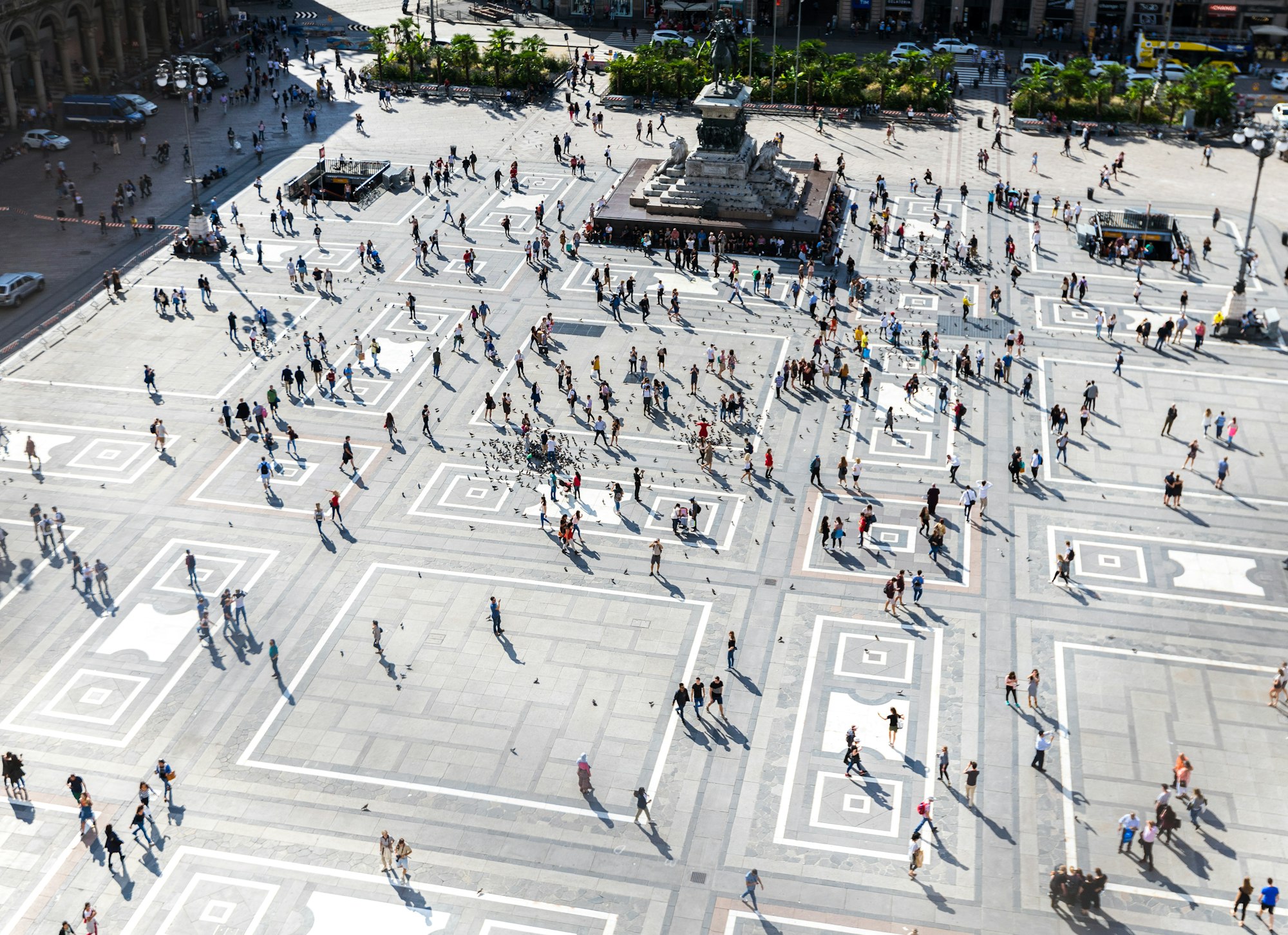
Second, some experiments with Speculative Design:
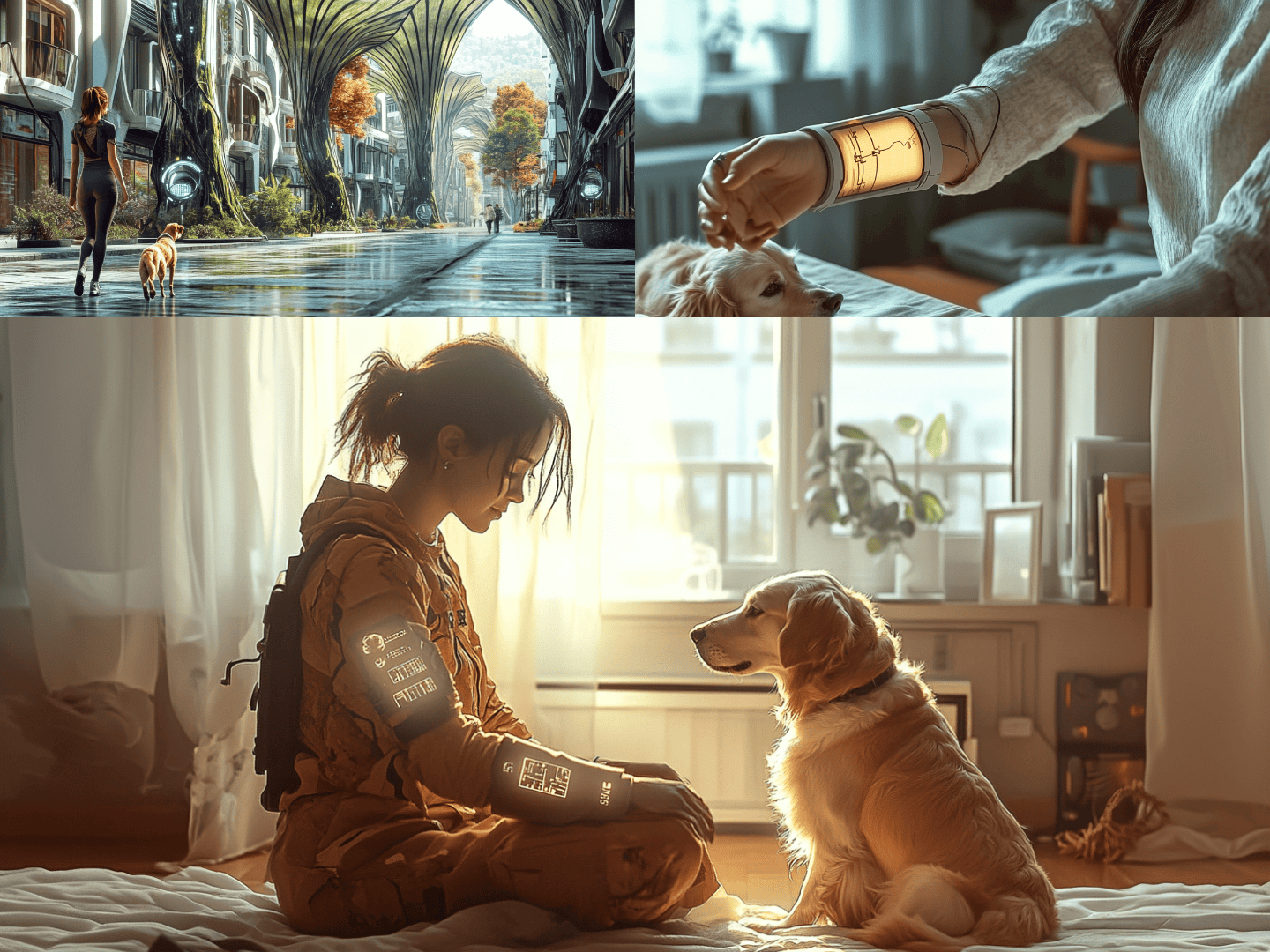
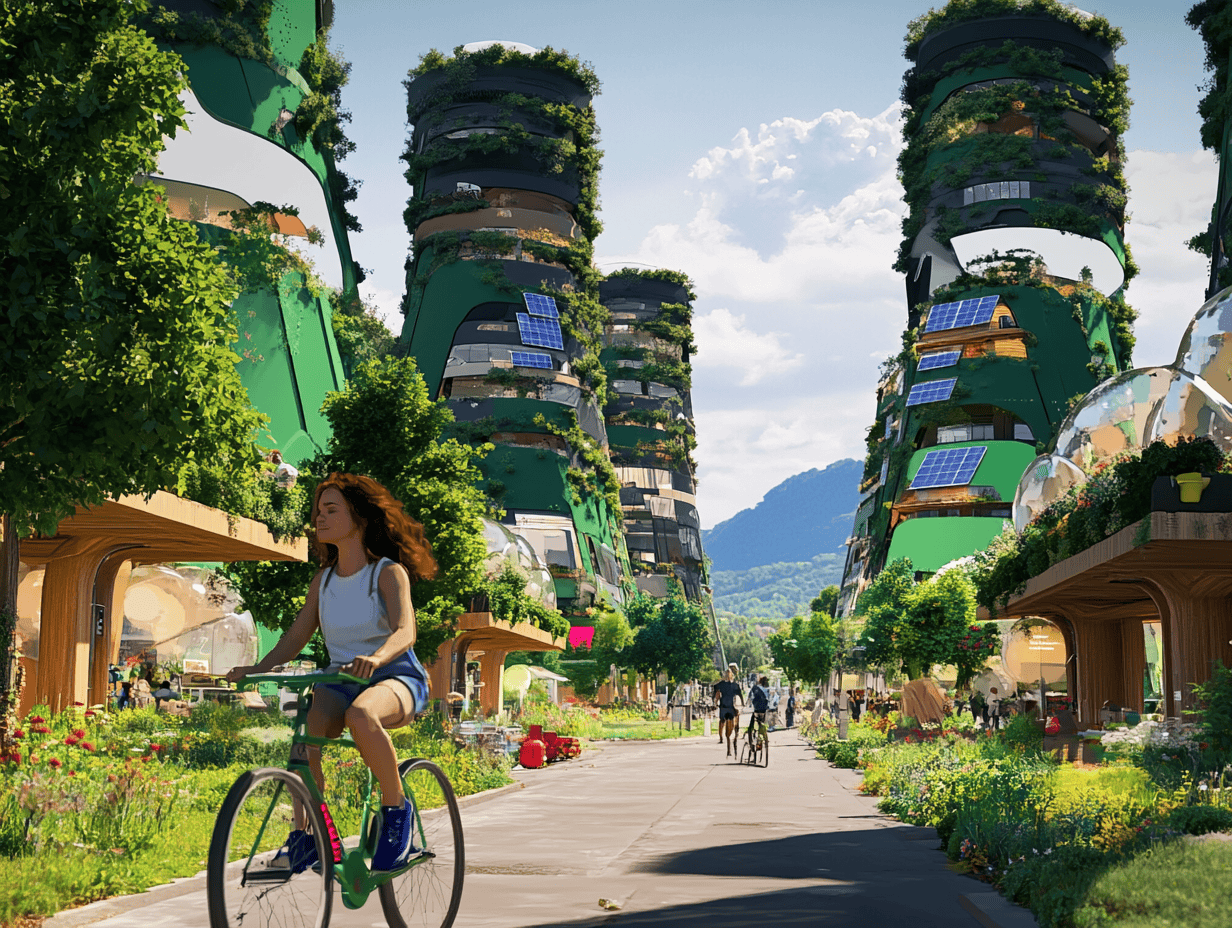
Misty experiences
The view from my small Swiss town, coated in thick mist as of late, a typical occurrence in autumn, seems impassible and serene. The not-so-angular-line of the Jura mountains are no more visible in the reflection of lake Neuchâtel, but the peaceful giants remain a natural and immutable protective presence in people's minds.
The mist blurs the lines between spaces, objects, distances and dimensions. It creates a weird sensation of depth filled with mysteries in its enveloping nature. Mist always stimulated the imagination, sometimes described as a gate to new worlds and other dimensions, sometimes it accompanies the presence of mysterious and mythological creatures, and it is thought to hide many dangers and wonders for those who dares to explore it.
It is a liminal-space that often marks the beginning of a journey or a rite of passage, a transition between the present and the extraordinary, foreshadowing the challenges the protagonists will have to face along the way.
What's lurking in the silent mist? It can be adventure, wisdom, friendship, and more.
Narratively speaking, it can be seen as a metaphorical structure, as the mist dissipates the more the protagonists advance, fail, and grow from their experiences, and as such, making the dangers more manageable and the wonders more conquerable.
Counter intuitively, this means, as a narrative device, the mist reveals hidden-in-plain-sight truths. Sometimes subtle, sometimes crude, sometimes contradictory, but always coherent.
The world is engulfed in an always-evolving-mist that call for explorers to reveal its monsters and dangers but also its treasures and wonders. Some might call this the true expression of “progress”, as opposed to “innovation”.
Design, as a form and substance that goes beyond “tools”, is both about exploration, creation and evaluation. Creation as an act of catalysing possibilities into mediums for interactions. Evaluation is not about the medium, the object itself, but about the possibilities it enables through its interactiveness. Let's call this loose process “Creative Exploration”.
Creative Explorations
At Design & Critical Thinking, we believe that most designers are not (always) well-equipped for this kind of creative exploration. Creative exploration is not only about tools, but first and foremost about body and mind preparation.
What the best pair of shoes can do if you never climbed a mountain ever in your life? To start with the [object], the shoe, tells nothing about the path you'll be taking.
You need training to drill some good muscle memory: you need physical reflexes. You need to understand the terrain, its topography and the geometry of relationships, and you need to understand how you can act and affect this space: you need mental reflexes. But more on that in a future post.
Reflections on recent turbulences
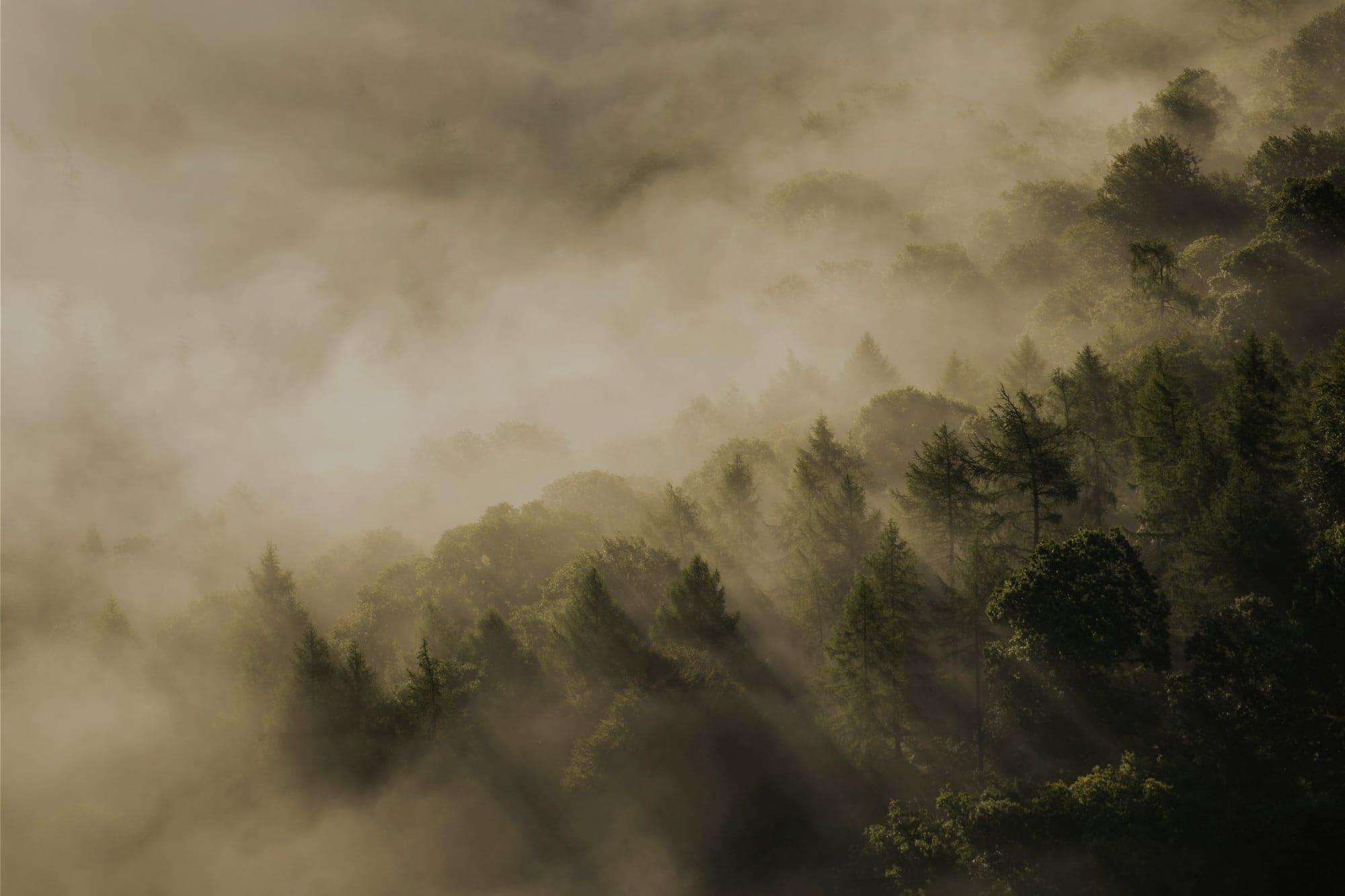
Designing for Hope
Facts + Narratives + Principles
Sometimes, the mist is scary. The undistinguishable shapes that emerge from it are reminiscent of ugly monsters –really, who could tell. And the ugliest are not always the most obvious to discern: we all heard the stories of monsters taking the form of familiar faces, playing with our imperfect memories and most reactive emotions to get us lost in the mist for an eternity, in an indiscernible simulacrum of reality.
I was recently thinking about the concept of “hope”, as different from the concept of “optimism”, from a non-religious perspective.
To be optimistic is to expect certain results despite all odds.
To be hopeful is to look for signals of better potential outcomes, given all odds.
Note: they are not necessarily mutually exclusive.
In my parable, optimism would make us double-down on this simulacrum, a skewed illusion of reality, and expect something positive to come out of it anyway. Hopefulness, on the other hand, would be to acknowledge the situation as a simulacrum, and then to look for different signals for better outcomes, sidestepping the illusion.
Something I've seen a lot during the recent political events in the USA is this opposition between facts and narratives, as if they were immiscible, like water and oil (miscibility is the property of two substances to mix to form a homogeneous mixture).
This is a false dichotomy.
Facts alone don't tell anything. Don't get me wrong, facts are very important. But they are like individual pebbles on the shore of a lake. Like droplets of water in the morning mist. They compose the scene, they are not the scene.
Opposing facts to narratives is meaningless to those who don't understand what landscape these facts are supposed to represent. Worse, facts becomes nonsensical if they are used to contradicting pre-existing “maps” of the landscape –regardless how wrong they might be.
To build hope requires facts, but it also needs narratives. Narratives that are based on purposeful principles. Narratives that draw people into seeing that the possibilities for positive outcomes exist and can be enacted in practical and experiential ways, not just in opposition to another antagonistic narrative.
Although narratives are blurry and porous by nature, allowing other narratives to coexist in a coherent way, some things are plain wrong and facts provide a sound ground to critique and carefully dismiss them.
This concept of hope proposed here is not to be thought as an object, because focusing on hope as a self-evident object only deepens a threefold gap between: 1) a harsh reality; 2) the barrier to act; and 3) a proposed future concept; making it ever more unrealistic. Rather, this idea of “hope” is akin to a scaffolding structure, emergent by nature.
Join our next community event
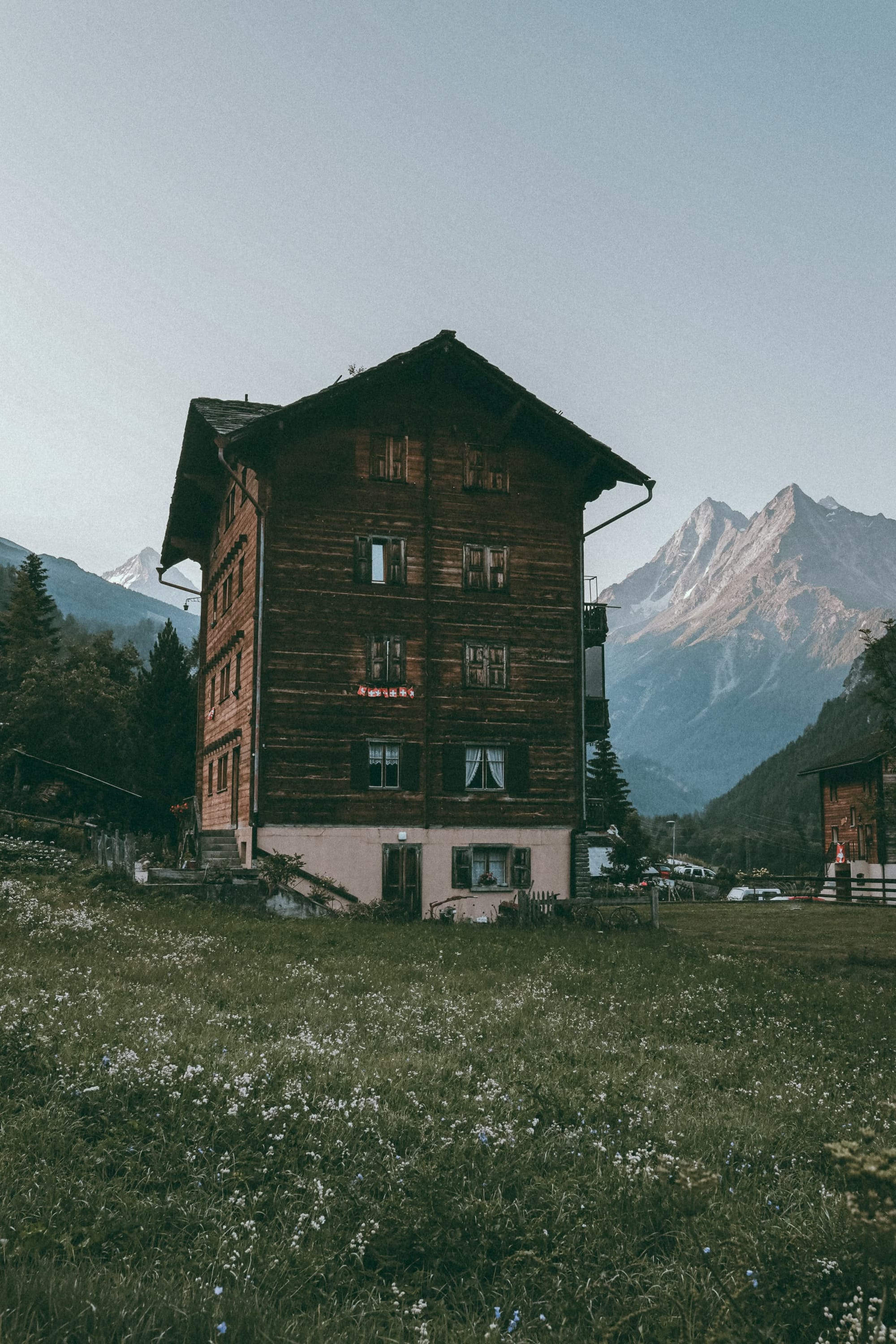
Shared in the community
Here are some interesting links & thoughts shared in the community.
On hope, societies and narratives
Human Nature, Hope & Ice Cream
Futures
Futures design and distortion
The Four Types of Dystopia
School of Possibilities
"an interactive experience conceived of and designed alongside youth in Romania to imagine a more humane and impactful education system"
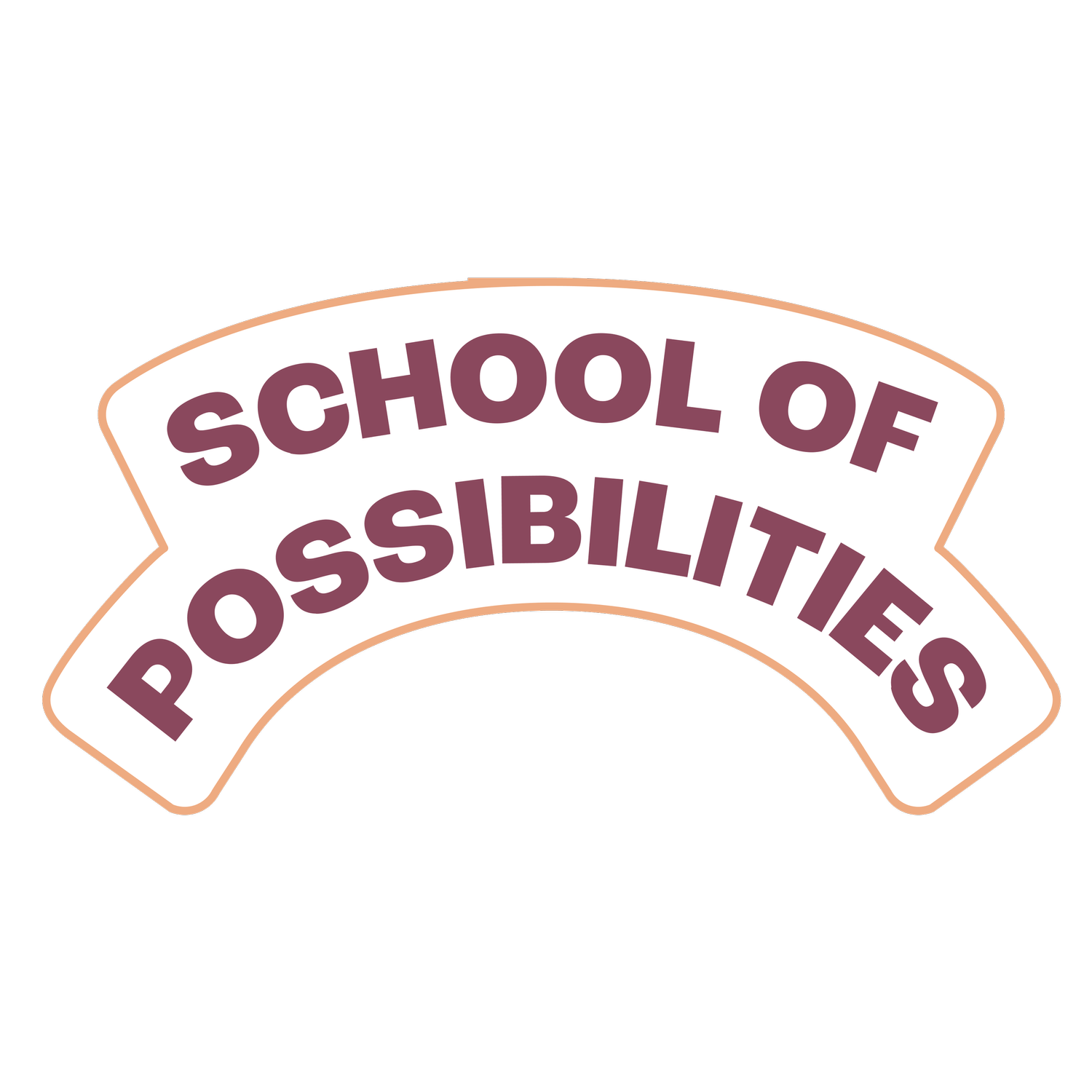
Solarpunk
More-than-human governance experiments in Europe
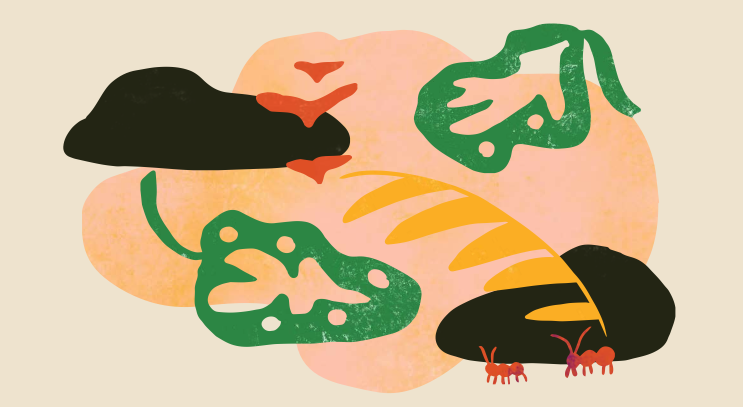
Philosophy
The Reality Ouroboros - An interesting take on the connections between all fields
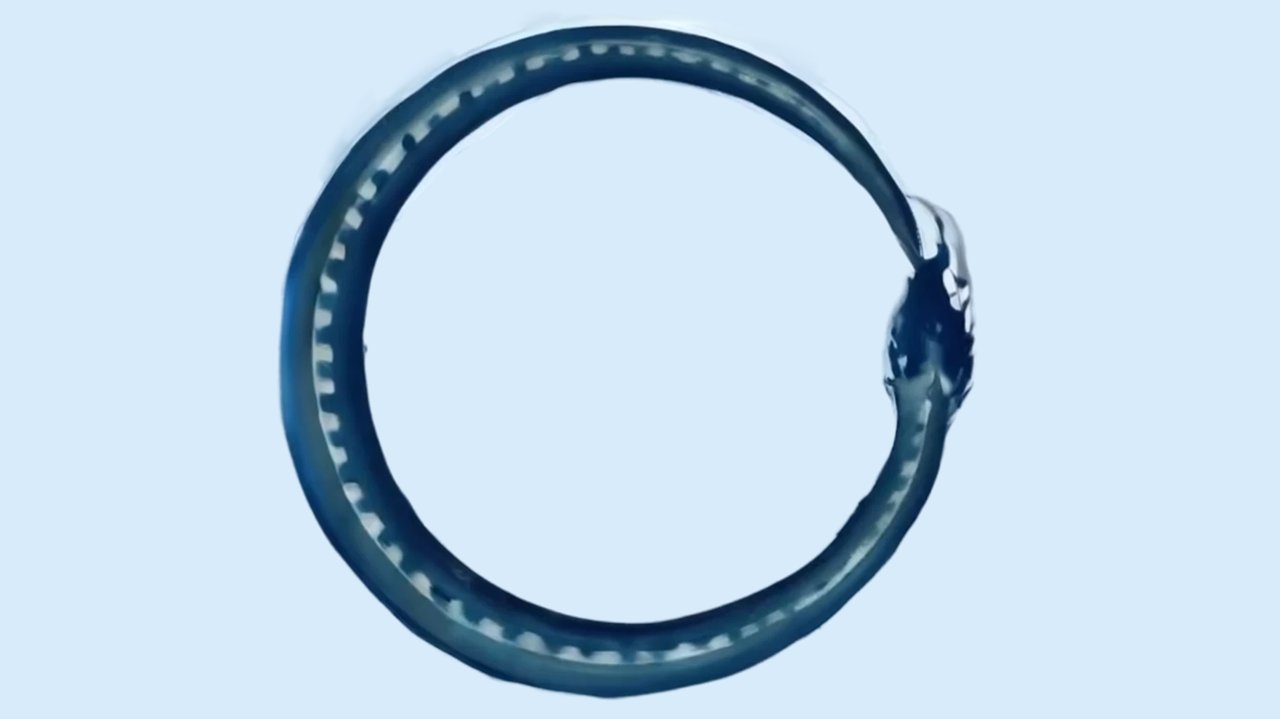
A better approach is to view Bayesianism as describing a special case of epistemology, which applies in contexts simple enough that we’ve already constructed all relevant models or hypotheses, exactly one of which is exactly true, and we just need to decide between them.
This is a template for what I've come to call "the hostile telepaths problem". I think it's a common feature of social problems. The hostile telepaths problem is when you're dealing with a being (a) who can kind of read your internal experiences and (b) whom you don't trust won't make your situation worse due to what they find in you.
Tech
The Cult of Microsoft
At the core of Microsoft, a three-trillion-dollar hardware and software company, lies a kind of social poison — an ill-defined, cult-like pseudo-scientific concept called 'The Growth Mindset" that drives company decision-making in everything from how products are sold, to how your on-the-job performance is judged.
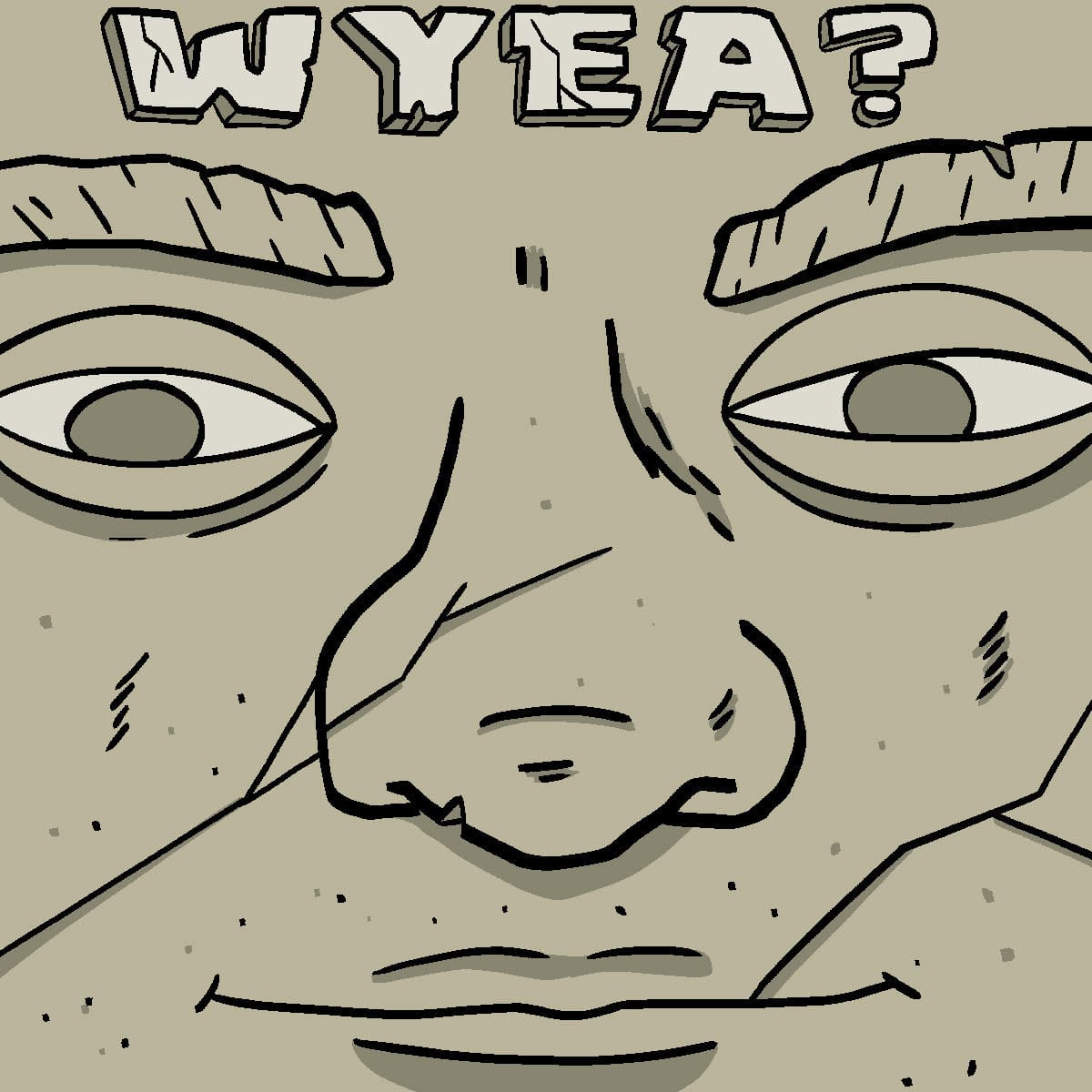
Financialisation of Social Networks
One of the things that becomes apparent when you study the nature of social networks is that incumbents are not disrupted by a better alternative. Instead, they are taken over by a vastly different product that serves the same function…The future of Web3 social networks will not look like a better Twitter. Instead, it would look closer to the attributes that the industry does well today. Those of speculation, verifiable rank (clout), and ownership.
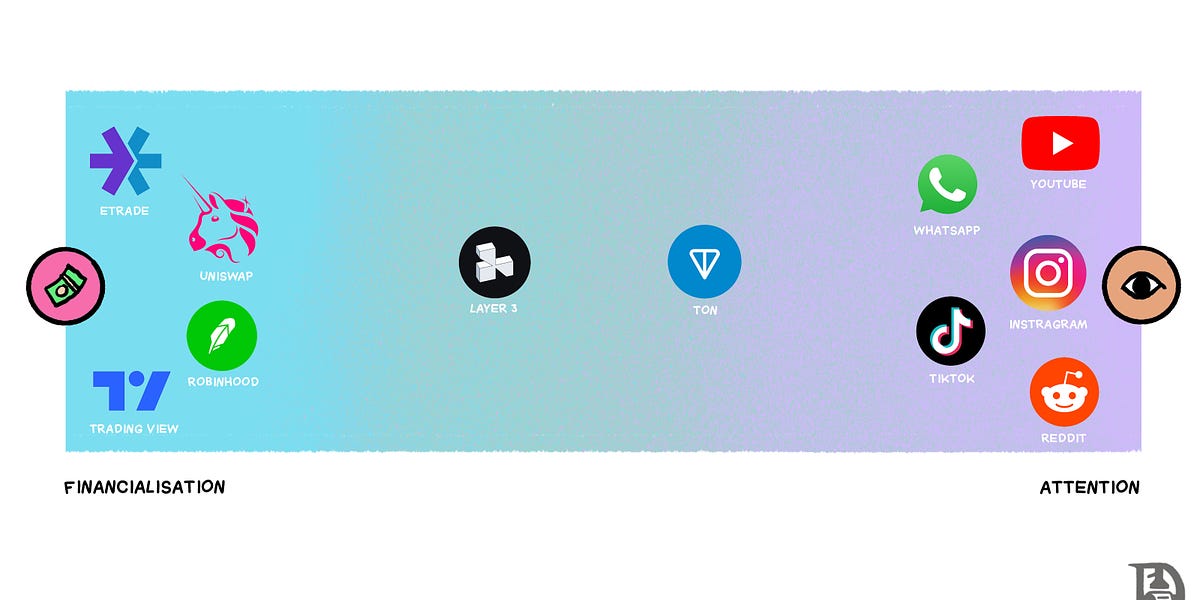
Thanks for reading!
Kevin from Design & Critical Thinking.

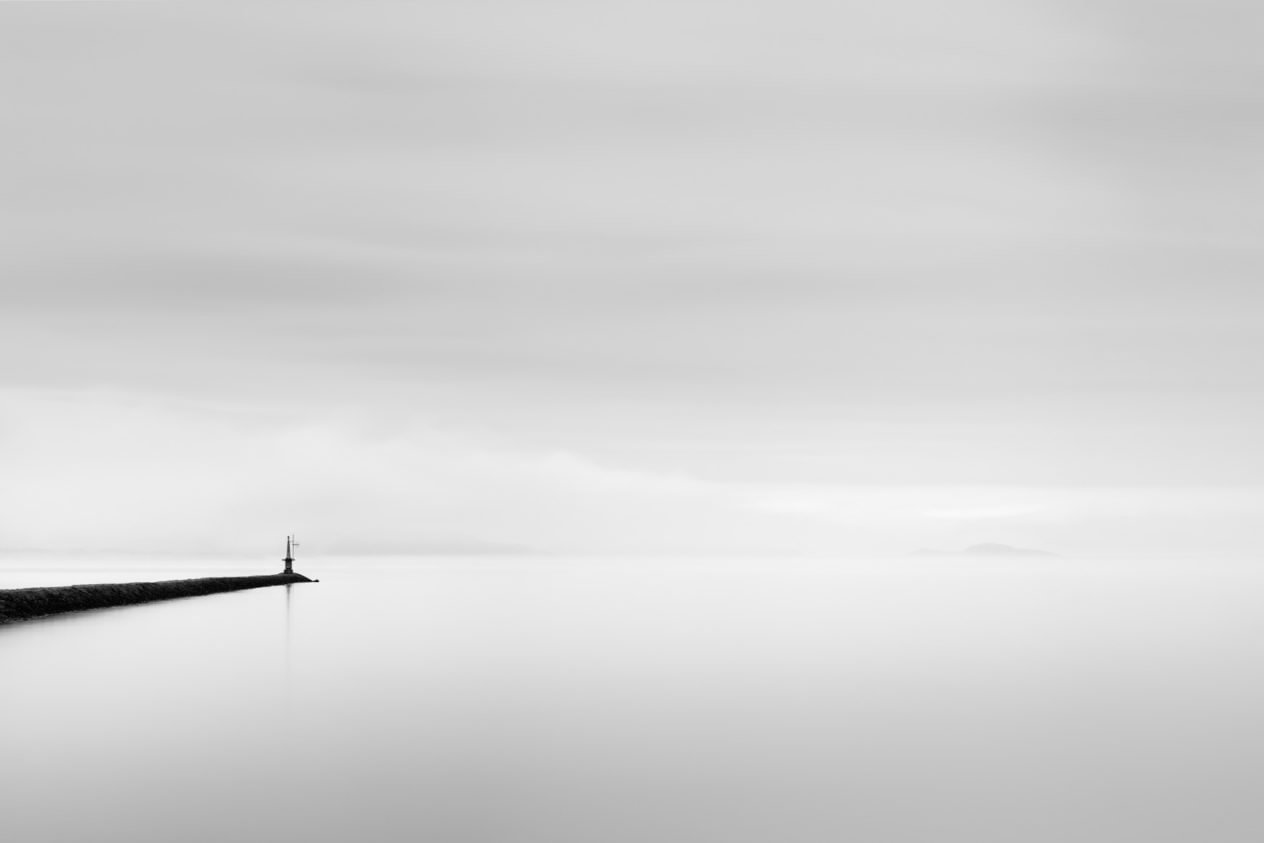





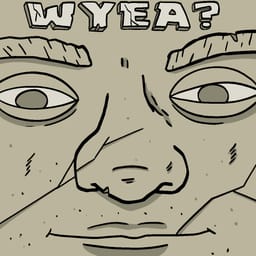




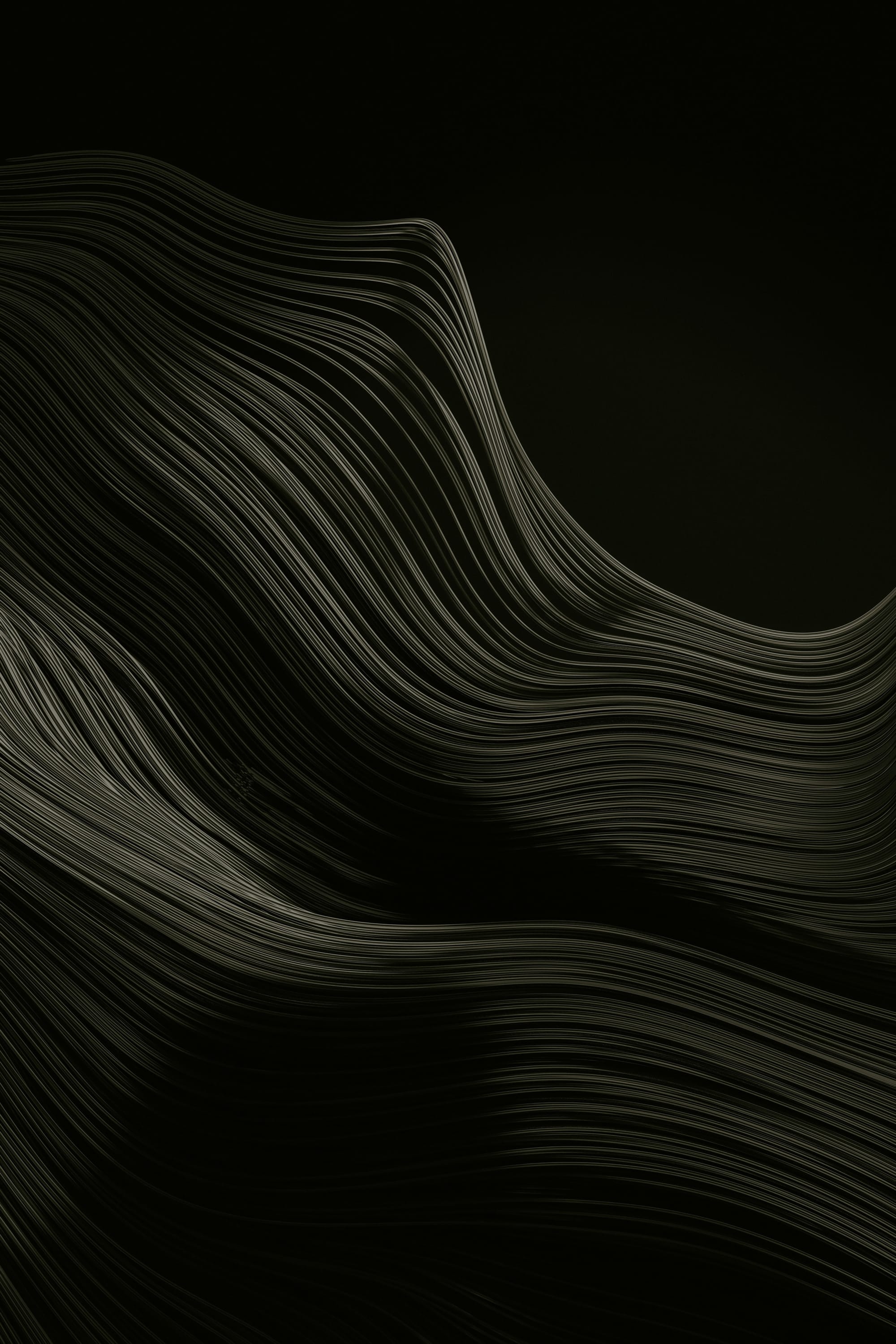
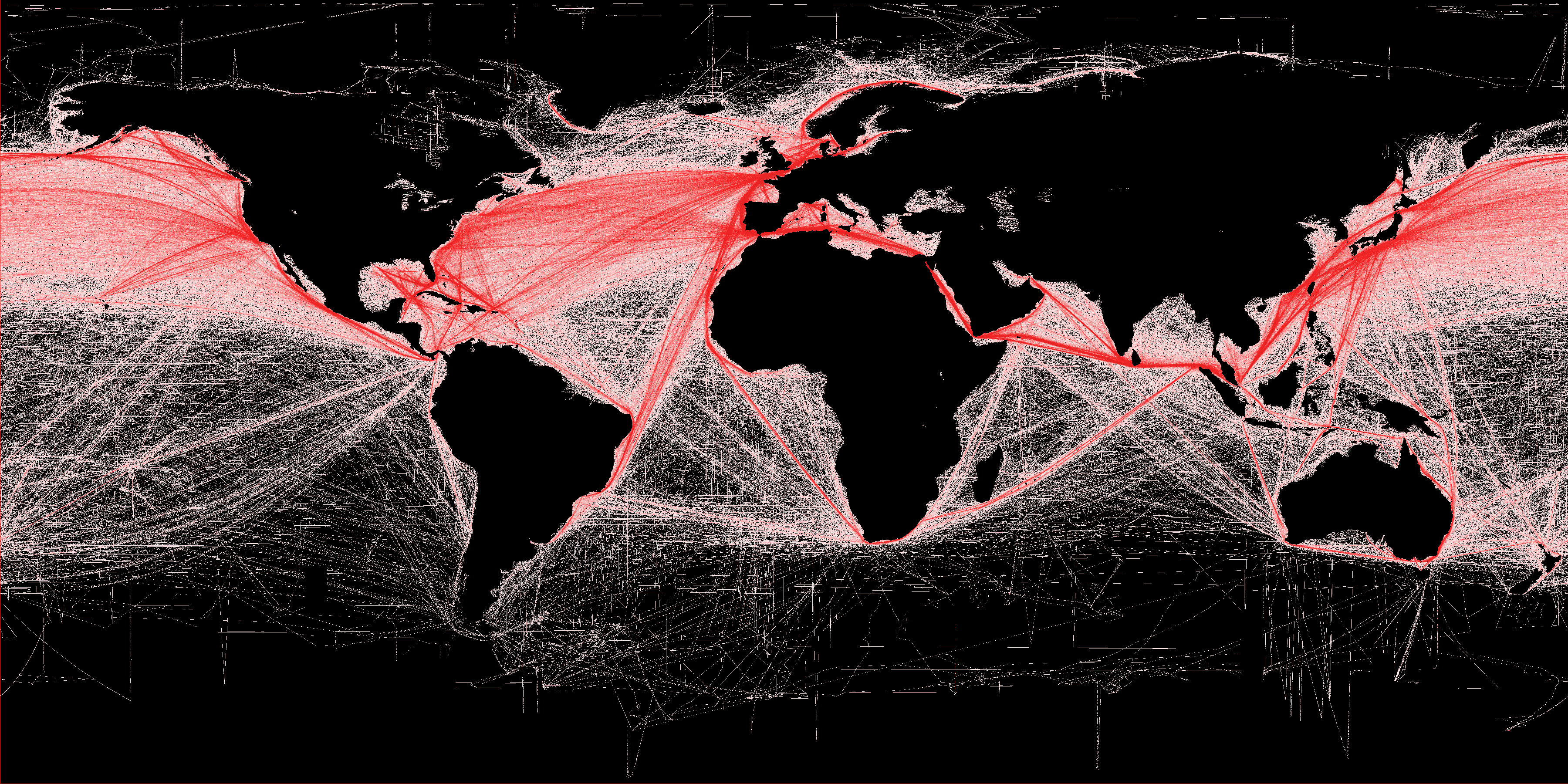





Discussion